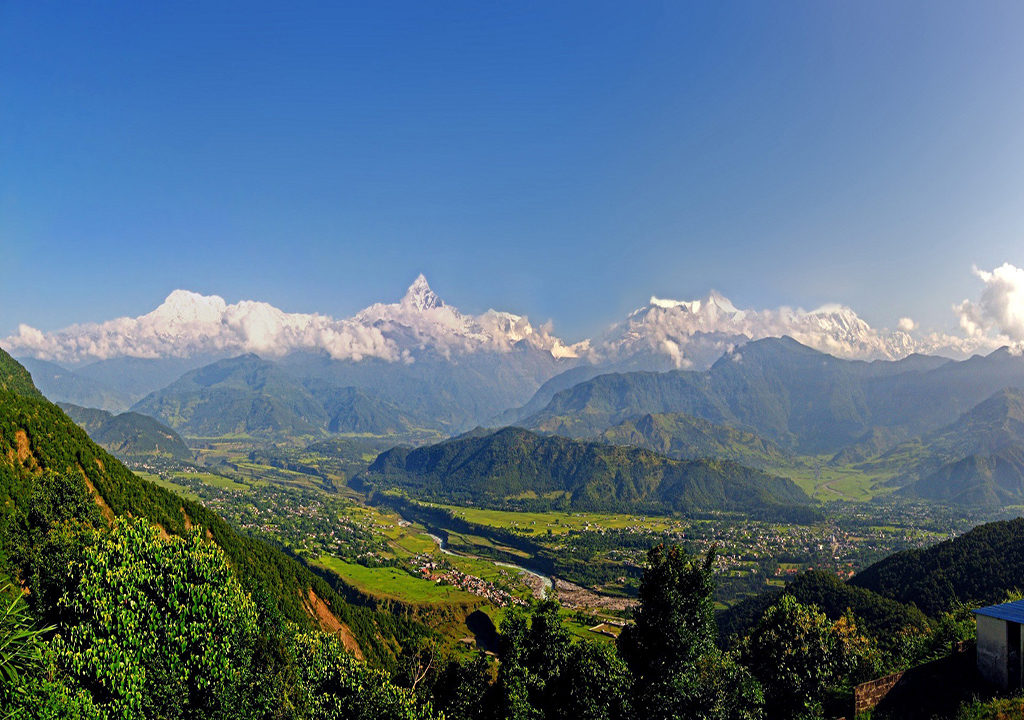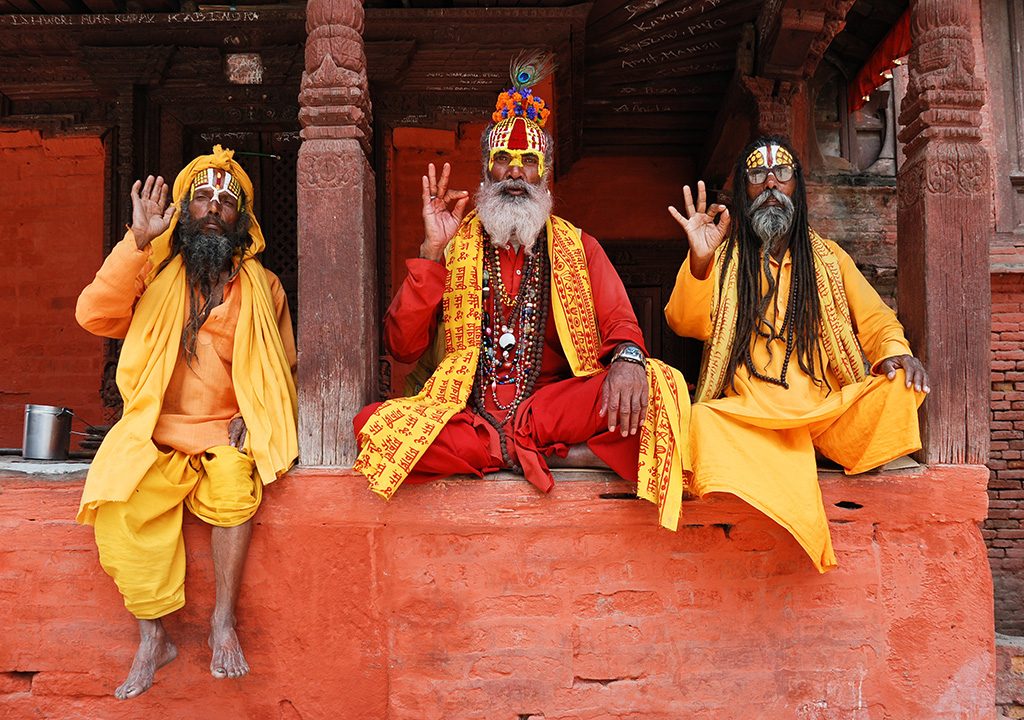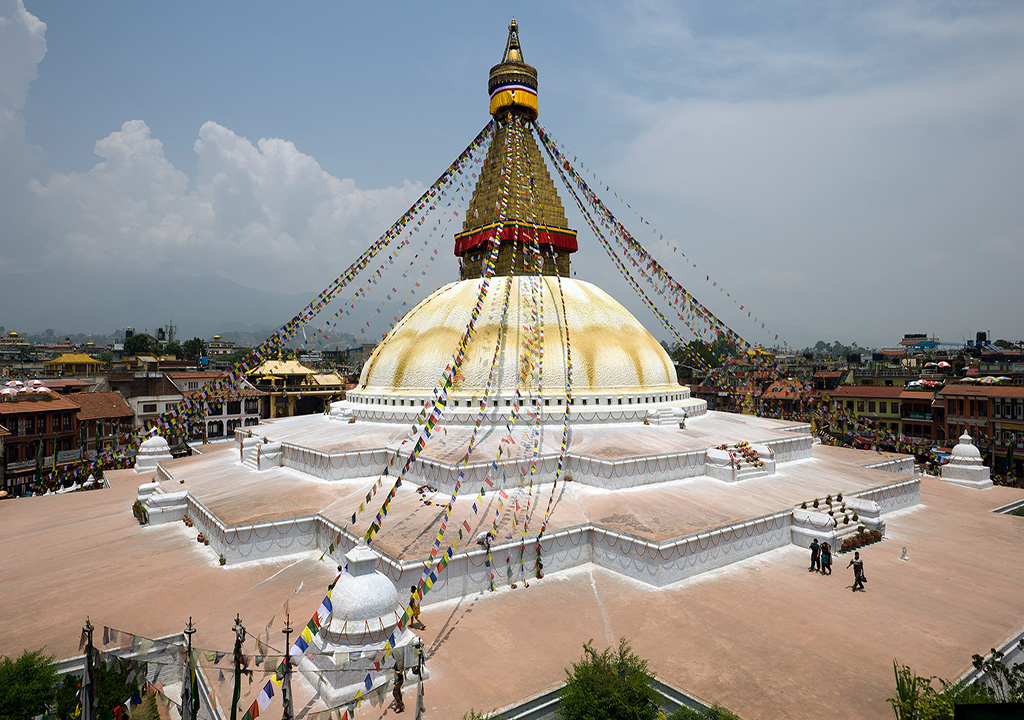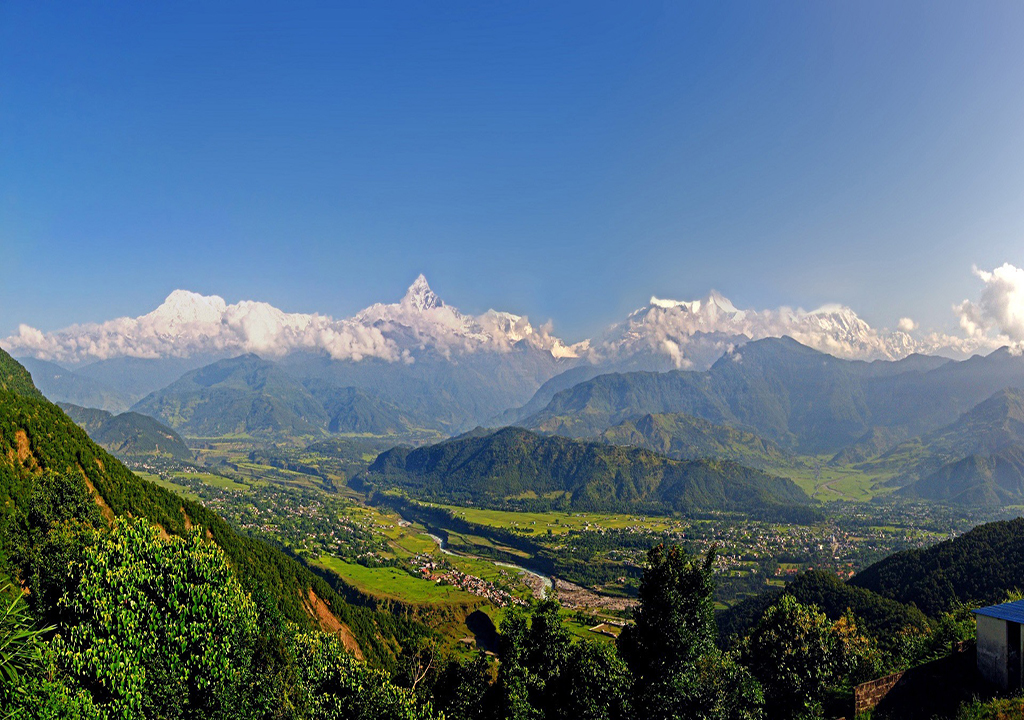Kathmandu – Kathmandu is the largest city and capital of Nepal and the namesake of the Kathmandu Valley. Once thought to be the fabled and inaccessible Shangri-La, Kathmandu is now a hub for independent travelers as well as a growing vacation spot catering to all budgets. Kathmandu has seen an upwards rise in terms of the visitors every year. As a result of considerable urban growth in recent decades, it is now part of one continuous urban area together with Patan to the south
Birgunj – Birgunj is a city in Parsa district in Nepal. The city is located on the borders with the Indian state of Bihar, and is a major point of entry for goods coming from India and also the port of Kolkata. Though it is not a tourist hot spot, you can see Lord Buddha stupa on a tiny hillock called Vishwa. Apart from this, Gadhi Mai is a well known Hindu Goddess temple which holds a mighty fair every five years. Hindus from all over the world come here. To the west of Birgunj, Bindawasni mai is another historical and religious place. Jang Bhandur Rana, the first Rana prime minister held a massacre in which hundreds of people died as a result of royal conspiracy. To the north of the city there is Parsa Wildlife Reserve, one of the biggest national parks having 100s of endangered species. Tigers, elephants, musk deer, Gharials, Red horned bills Etc are main attraction.
Bhaktapur –Bhaktapur is known alternately as City of Culture, Living Heritage, Nepal’s Cultural Gem, An open museum and a City of Devotees. Bhaktapur is an ancient city and is renowned for its elegant art, fabulous culture, colorful festivals, traditional dances and indigenous lifestyle of Newari community. It is just 12 kilometers east of Kathmandu, capital of Nepal, but gives the feeling of prehistoric times given the ambiance of traditional homes, lifestyles and environment. Bhaktapur was the capital city of the Greater Malla Kingdom in the Kathmandu Valley till the 15th century AD. The many of Bhaktapur’s greatest monuments were built by the then Malla rulers.
Boudhanath – Boudha, pronounced ‘Bo-da’) is located 7 km East/Northeast of Kathmandu & home to one of the largest Buddhist stupas in the world, built during the 5th century AD.
Le Pouce Mountain – Le Pouce also known as the “Thumb” is the third highest mountain in Mauritius at 812 meters above the sea level. It is named Le Pouce because of the thumb-shaped peak of the mountain. It can be viewed from the Capital city Port Louis, and is a popular hike for the view of the city
Patan -Patan is a one of the largest cities in Nepal and is located just across the Bagmati river near Kathmandu. Confusingly, it is also known as Lalitpur, both names deriving from the Sanskrit “Lalitapattan”. Like its larger neighbor, Patan also boasts a Durbar Square full of temples, statues, and palaces and, in addition, has the must-see attraction of Patan Museum. As a traditional center of handicrafts, Patan is a great place to purchase jewelry, Buddha statues and masks
Pokhara – Pokhara is the third largest city in Nepal. It is the starting point for most of the treks in the Annapurna area. It is another economic hub after Kathmandu and draws it significance from the early 90s when many businesses were relocated here.





